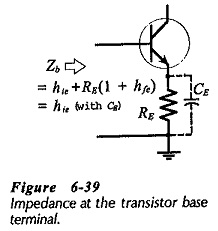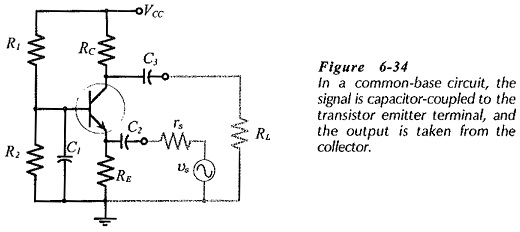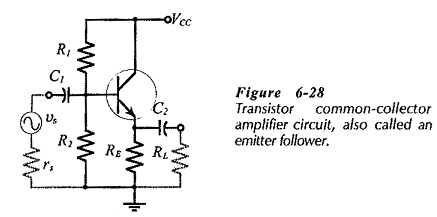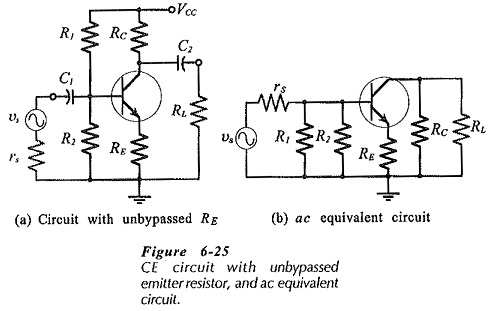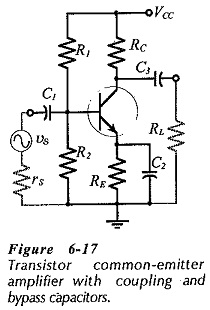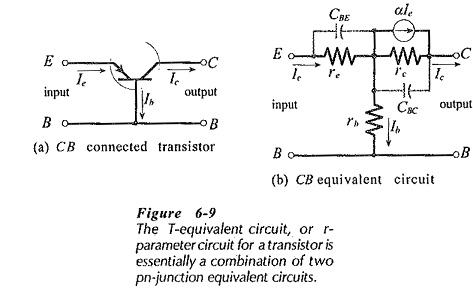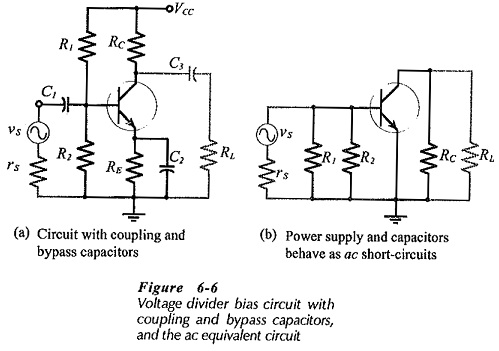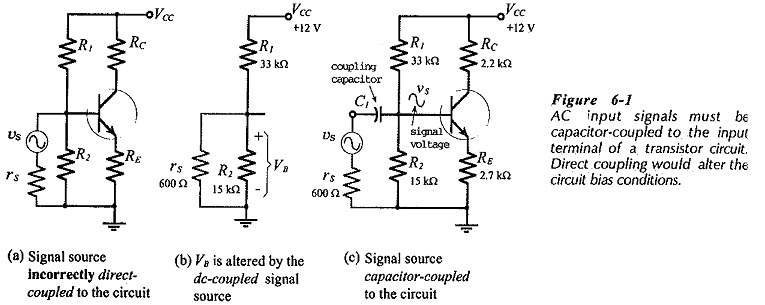Difference Between Common Base Common Emitter and Common Collector
Difference Between Common Base Common Emitter and Common Collector: Table 6-2 compares Zi, Zo, and Av, for difference Between Common Base Common Emitter and Common Collector circuits. As already discussed, the CE circuit has high voltage…
